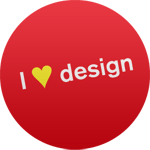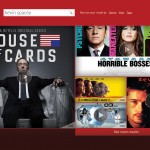What Is Right for The Customer?
In a world of ever increasing digital content production I guess we all are feeling the “tsunami” of information swelling into our lives both at home and at work. And the flow never seems to slow down as the amount of information doubles every 18 months.
It really is not surprising that a lot of new portal initiatives therefor start with what the companies have and are familiar with: the content and internal systems. In the early stages of a project we are often faced with the different department’s clear opinions about how their products and services should be presented to the customers, what information they want to publish and how they want to manage the customers and partners. If IT is involved we are also given a lot of guidelines about how the system should work.
These are obviously valuable premises for a successful new solution. One important aspect is, however, missing; the users!
The users tend to be a whole less interested in internal organization, product packaging, and the company’s need to inform the world.
So how do we incorporate the users’ interests into the solution? Well, we invite them in and listen hard to what they have to tell us. We engage them into the analysis and design process, and verify our solution concepts to see if we got it right.
When designing information access solutions for the future it pays off to keep an eye on the basics. Some things never go out of fashion.
Remember the old saying: “The customer is always right”? A good start is to ask what’s right.
Have a good day!
Jørn







Very true! It seems to me that most companies listen much more carefully to external users (=consumers) than internal users (=employees). Could the reason for this be that it’s much easier to quantify consumer-related business targets, than internal productivity targets?
Love that the CEO publishes this type of content! This usually comes from the User Experience-department :-)
I have worked with Netlife Research’ method Kjernemodellen (The core model), that puts the user in the center of the planning of the website (internal or external) and helps us delete unnecessary content. We haven’t got to use that method every time, but I think we have to have the end user in focus … every day on every project.